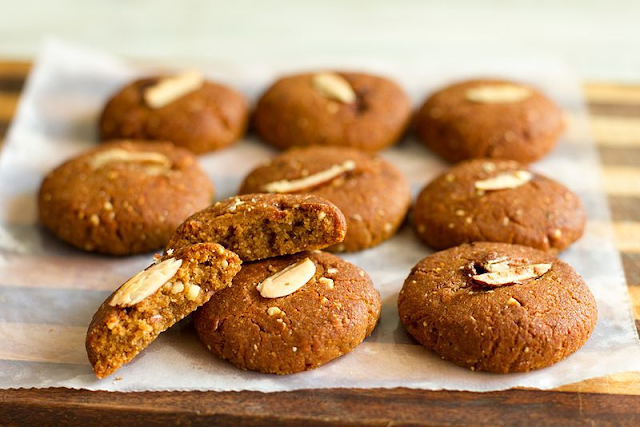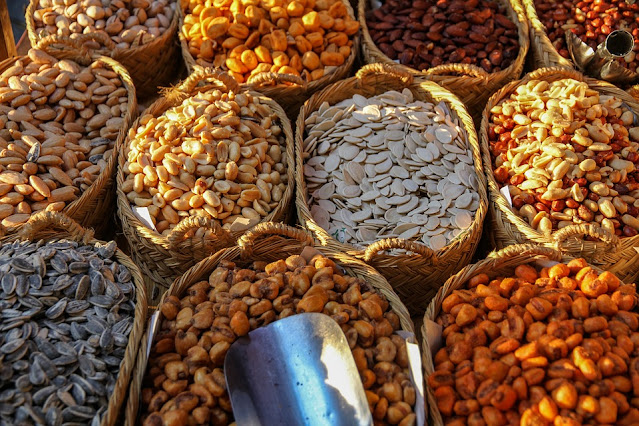Nankhatai- Know More About The History of This Delicious Indian Biscuit
Everyone's favorite tea time biscuit, the humble nankhatai is made of two words. The word ‘nan’ is derived from the Persian word Naan - a type of flatbread. ‘Khatai’ is an Afghan word and means biscuit. In fact, this biscuit is also famous in Iran and Afghanistan, where it’s called Kulcha-e-khataye. Kulcha too is a flatbread, similar to the naan. Nankhatai was also called as "nuncatie by the British.
So, how did this sweet and salty, puffed up, deliciously crumbly biscuit come into being? And what relation does the biscuit have with a flatbread? Let's know more about nankhatai - the Indian biscuit.
 |
| Creative Commons -Vivekpat30 |
The nankhatai is one of the food items that has survived the test of time. Besides, it still remains popular in India, Pakistan and Iran. From the times of being baked in small bakeries almost five centuries ago to being sold in the plush multi-level bakeries of today. Some also believe that the name represents the nankhatai ingredients used in making the biscuit - Flour, Ghee, Sugar, Palm toddy, Eggs, and almonds.
 |
| Creative Commons - Himanshu Taneja |
A Little More History About Nankhatai
Believed to have originated in the 16th century in the city of Surat, Gujarat in Western India, Nankhatai was the result of the heavy trade happening between the Dutch and the Indians. With the influx of a lot of Dutch immigrants in the port city of Surat, a Dutch couple sensed a business opportunity. They started a bakery to sell breads and other confectionery items to the Dutch.
After the Dutch left the country, the Dutch couple handed over the bakery to a local employee - Dotivala, who continued baking bread for the local people in the city. Unfortunately, the bread remained unpopular due to the use of toddy and eggs, which did not appeal to the local palate. To recover losses, the unsold dried bread was sold at lower prices. The poor often dunked it in tea before consumption. The baker sensing an opportunity and with improvisations over a period of time, started making cookie shaped biscuits eventually called - nankhatai. The popularity of nankhatai grew and it was exported to Mumbai. The city housed a large number of Gujaratis and it soon became a tea time staple.
Since then, these biscuits are enjoyed in many countries as a tea time snack. In fact, in North India, especially in Punjab, Haryana, and Delhi, you may also see hawkers baking fresh nankhatais in make shift ovens.
The main ingredients for making nankhatai are easy to source. Nankhatai recipe needs maida/all - purpose flour, ghee/clarified butter, powdered sugar, salt and baking powder. Adding whole almonds add an irresistible appeal. One can also make a healthier version of nankhatai at home by adding some wheat flour, semolina or besan to the dough. So, the next time you reach out for store bought cookies or biscuits, try making some delicious and easy to make nankhtai at home.






Nankhatai is a delightful Indian biscuit with a rich history, reflecting the fusion of diverse culinary traditions. Its sweet, melt-in-the-mouth texture makes it a popular treat. If you're keen on exploring more food history, a history assignment writing service can help you delve deeper into such fascinating topics.
ReplyDelete